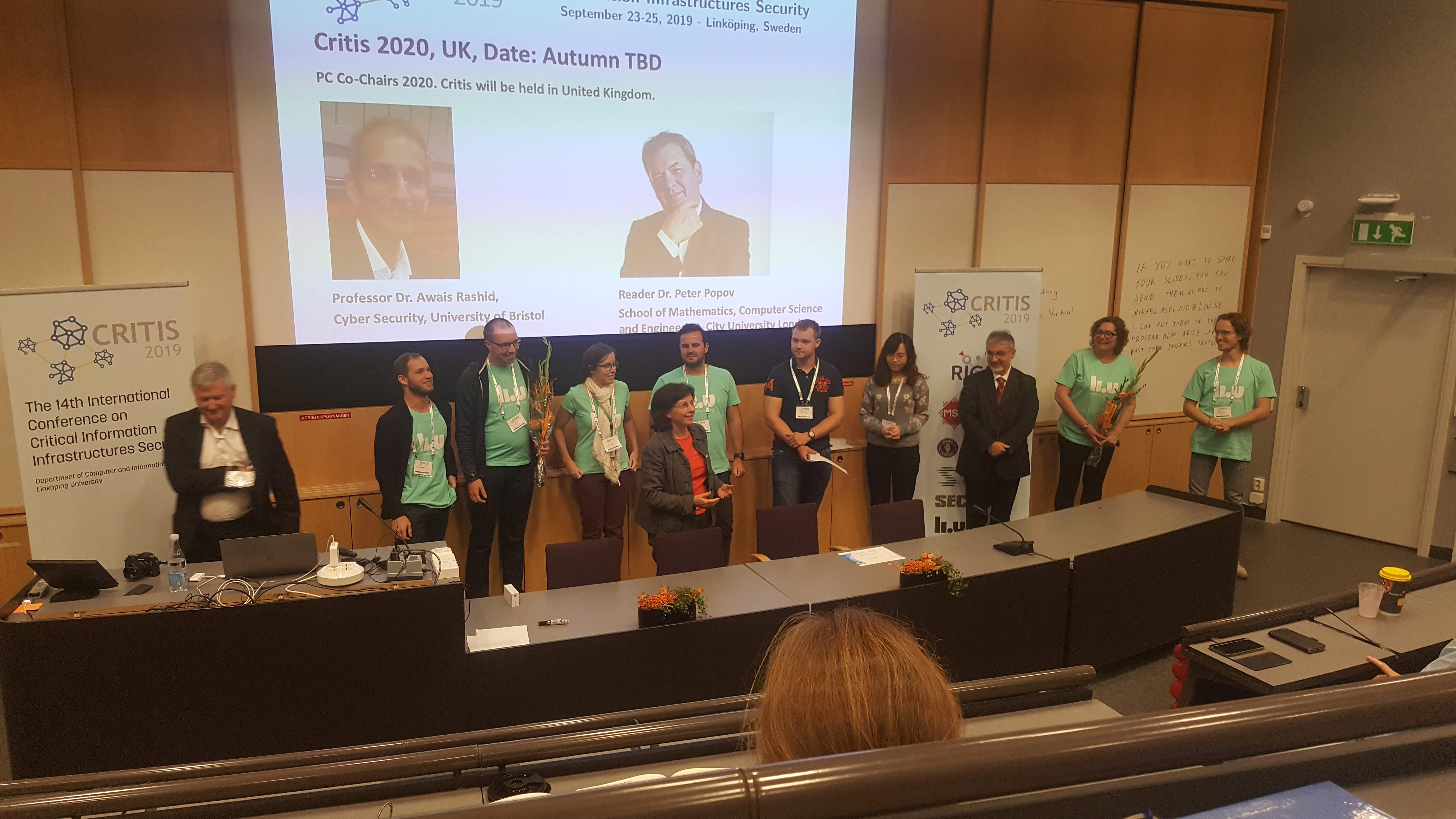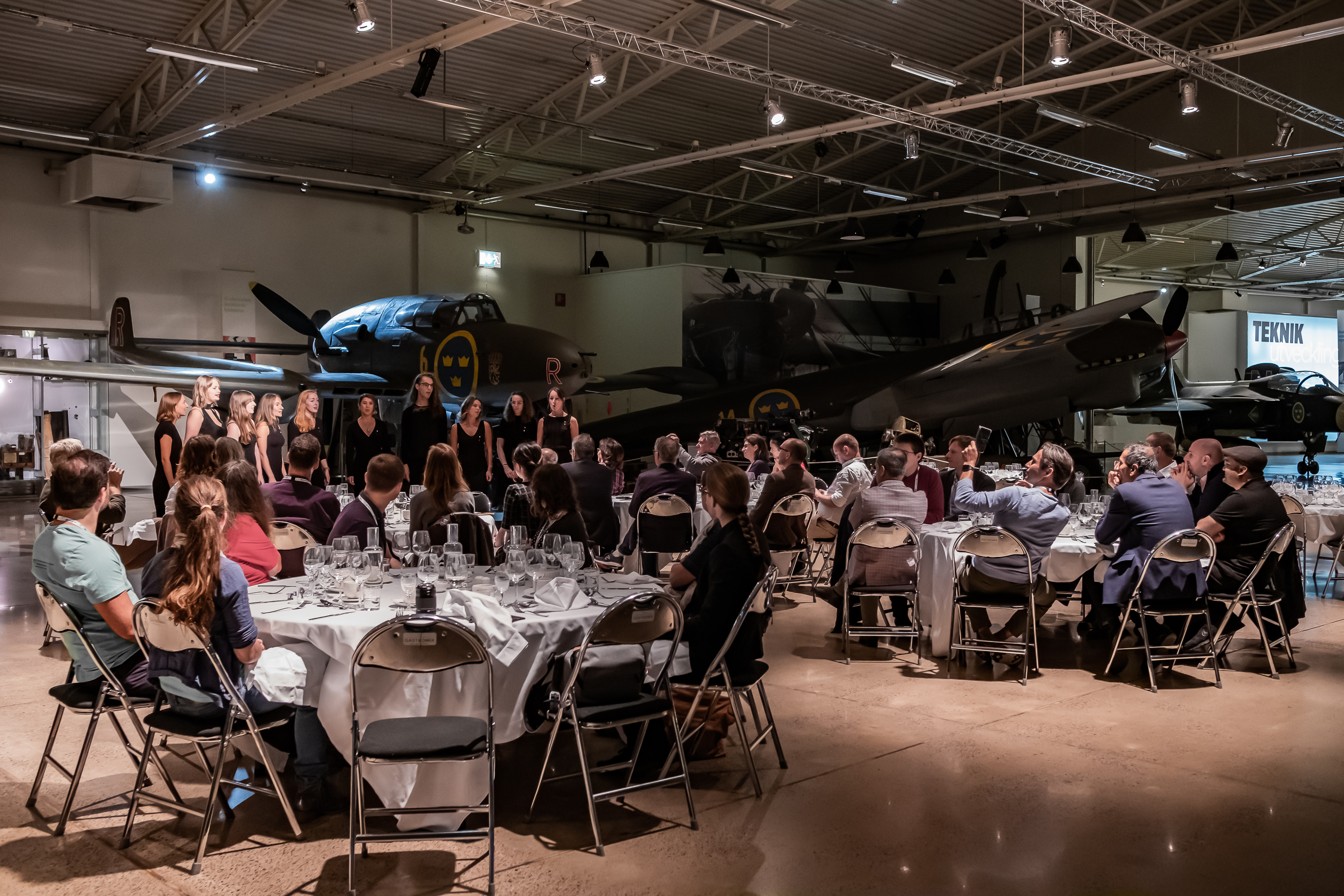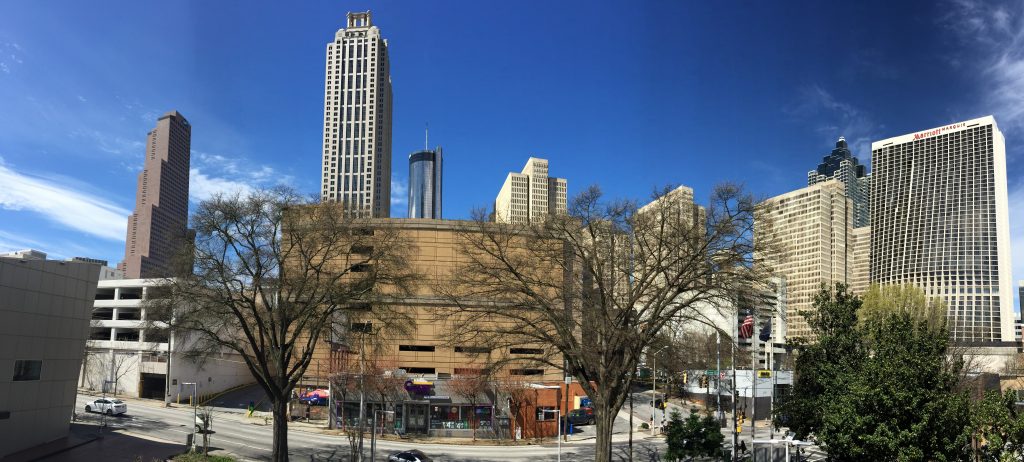post by Feng Zhou (2017 cohort)
Somaesthetics combines the term ‘soma’ with ‘aesthetics’. The concept of ‘soma’ is predicated on the interconnectedness of mind, body, emotion and social engagement, considering all to be inseparable aspects that together form an embodied, holistic subjectivity. Aesthetics here refers to the ways in which we perceive and interact with the world around us. Somaesthetics is a widely used methodology for user study, which plays a significant role in my PhD research. Researchers who have focused on the research of Somaesthetics for many years and have published a number of prominent papers from the Royal Institute of Technology Stockholm visited the Mixed Reality Lab (MRL) of the University of Nottingham (where I am based) and collaborated with researchers here to run workshops on Somaesthetics. It was an excellent chance for me to learn Somaesthetics deeply through the workshop and explore the application of this methodology to my research.
Researchers were split into four groups to explore different applications. The group I was involved in was to explore the boundaries between humans and technology. The skin is traditionally seen as being a critical boundary of the body and one way of defining the bodily self. We can see, i.e. perceive with our eyes, our “external”, fleshy body – our moving limbs and parts, and our skin as the boundary between our “external” and “internal” body –our organs, cells, muscles etc., – which we cannot see, but instead feel or imagine. However, the boundary may be considered malleable. Take the example of a prosthesis – is this a part of our body or a separate piece of technology?
We attached cloth straps to the dancer’s calf and thigh so other members of the team could control them. Participants had to imagine a limb that had a ‘mind of its own’ – an exploration of dance where a part of one’s body was separated from control. The dance experience became one of negotiating control with one’s own body. This could serve as a conceptual stand-in for novice kinaesthetic skills where one’s body is unable to do what is asked – perhaps lacking the range of motion needed. But this was beyond being simply unable to perform the controlled limb; it actually became a separate performer in its own right, creating an intriguing partnership with a part of one’s own body, and encouraging the dancer to question the boundaries of their body and soma.
As we began to dance, our bodies behaved as we expected and we were unfettered. As our group began to take control of our limbs, we lost some agency over our bodies. The external influence started to exert itself in such a way that it restrained us, or actively pulled us. We were no longer ‘at one’ with our own bodies – rather those who controlled our limbs shared control with us. Over time as we learned how to work together, that action could even be considered a part of us (at least as far as the experience goes). It should be noted that the group members pulling on the straps were a stand-in for a ‘disobedient’ prosthesis – so the notion of it becoming part of us, or perhaps beginning as part of us, separating from us and returning might be more tightly aligned to our own body than the group experience – nevertheless the group does have access and licence to control our limbs.
This workshop was one of the user studies to support our final paper. Questioning the boundaries between humans and technology also invites reflection on the boundary between ‘inside’ and ‘outside’: separated by the skin, breathing in and out, ingesting and excreting. Thinking through these boundaries allows designers to redefine them, and thus challenge not only where the soma begins and where it ends, but also where the boundaries of experience lie. This turned out to significantly support my user workshop with disabled dancers to personalise their prostheses.
My job for the final paper was mainly to describe the activity I was involved in during the workshop. This was a precious experience to learn to write a paper collaboratively with many authors. Our final paper has 14 authors from the Royal Institute of Technology Stockholm and Mixed Reality Lab. Each of us wrote a specific part of the paper on Overleaf. We also have regular meetings to discuss writing up issues. This was also the time l started to learn Latex, which helped a lot in my left writing up on papers and thesis.





